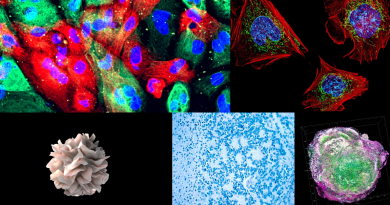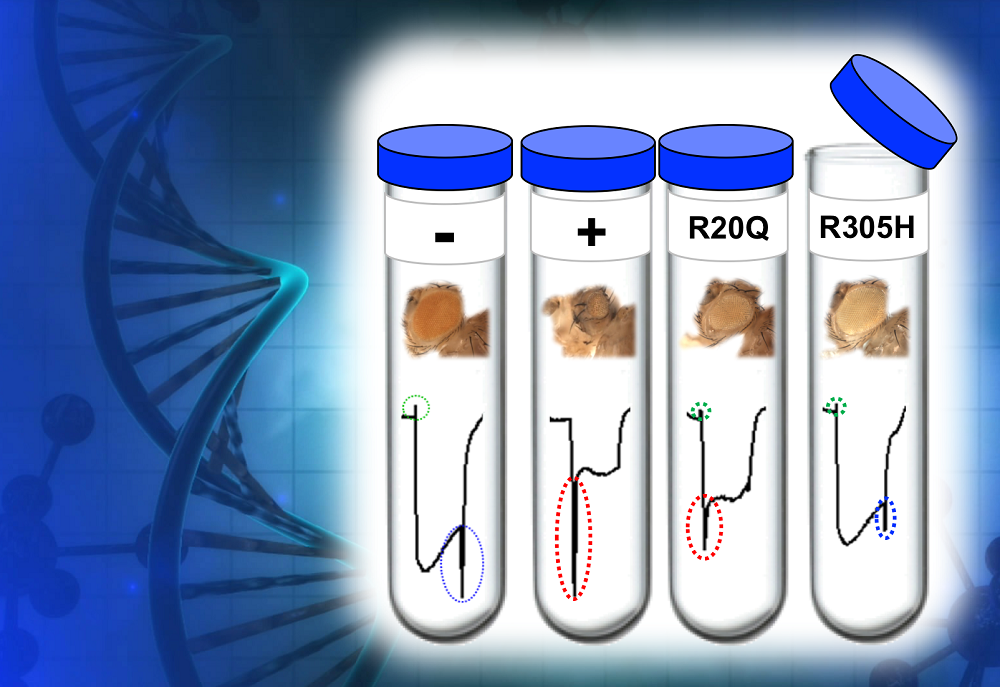What altered gene regulatory regions can do for cancer
The genome includes genes – sequences of DNA that encode the proteins that keep our body working – and regulatory regions adjacent to genes, which are sequences of DNA that regulate gene expression. In the old days, scientists thought the regulatory regions represented ‘junk’ DNA because they do not make proteins, but in fact they play a critical role. There is an intricate network of regulatory molecules that affect which genes are expressed.

Cancer may develop because of mutations that happen within a protein-coding gene and, as a result, knock out or modify that protein’s function. Cancer also may happen because of structural rearrangements, which are pieces of DNA that jump from one part of the genome to another causing rearrangement of many genes. Structural rearrangements can occur within protein-coding genes and alter the protein’s function.

“Rearrangements that occur within the regulatory regions, although they do not affect the protein-coding genes themselves, they can dramatically alter their expression,” said Dr. Chad Creighton, associate professor of medicine and member of the Dan L Duncan Comprehensive Cancer Center division of biostatistics at Baylor College of Medicine. “For instance, structural rearrangements can turn off tumor suppressor genes, such as p53 and PTEN, or turn on oncogenes such as TERT, which promotes cancer growth.”
But, how common are structural rearrangements that result in cancer?
Creighton and his colleagues explored this question by working with the Cancer Genome Atlas, a publicly available data set that allows researchers to look at what many types of cancers have in common. They used whole genome sequencing data to analyze all the genes of a large collection of patient cases – 1,448 cancers of 18 different types – looking to identify more genes whose expression was altered as a result of structural rearrangements within the regulating genetic regions.
Unexpectedly, the researchers identified hundreds of genes for which structural rearrangements in their regulatory regions were associated with altered expression in cancer.
“We knew of individual genes that are deregulated by structural rearrangement of regulatory regions, but it was surprising to see this as a more widespread phenomenon than we had expected,” Creighton said. “I don’t think this has been looked at as deeply before, so this adds to the current body of knowledge. Our next step is to conduct whole genome sequencing at a higher resolution to find even more cancer-associated genes that are affected by this mechanism.”
Find out more about this study in the journal Cell Reports.
Other contributors to this work include Yiqun Zhang, Lixing Yang, Melanie Kucherlapati, Fengju Chen, Angela Hadjipanayis, Angeliki Pantazi, Christopher A. Bristow, Eunjung Lee, Harshad S. Mahadeshwar, Jiabin Tang, Jianhua Zhang, Sahil Seth, Semin Lee, Xiaojia Ren, Xingzhi Song, Huandong Sun, Jonathan Seidman, Lovelace J. Luquette, Ruibin Xi, Lynda Chin, Alexei Protopopov, Wei Li, Peter J. Park and Raju Kucherlapati. The authors are affiliated with one or more of the following institutions: Baylor College of Medicine, Dan L Duncan Comprehensive Cancer Center, Harvard Medical School, Brigham and Women’s Hospital, the University of Chicago, KEW Inc., the University of Texas MD Anderson Cancer Center, the Broad Institute of Massachusetts Institute of Technology and Harvard University.
This work was supported by National Institutes of Health grant P30CA125123 and Cancer Prevention and Research Institute of Texas (CPRIT) grant RP120713 C2.


